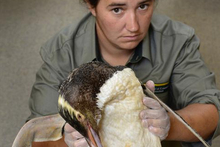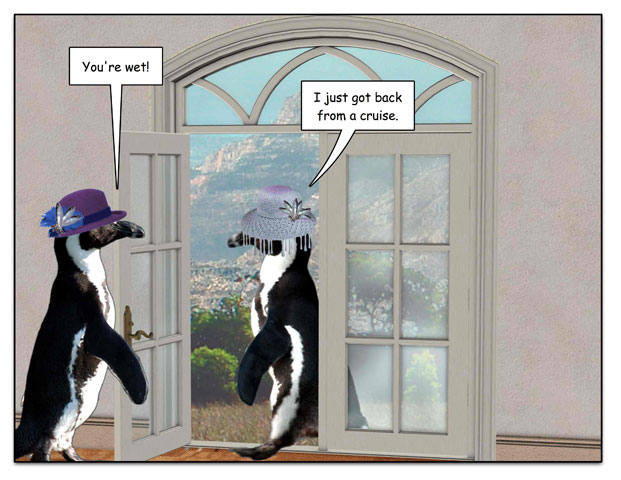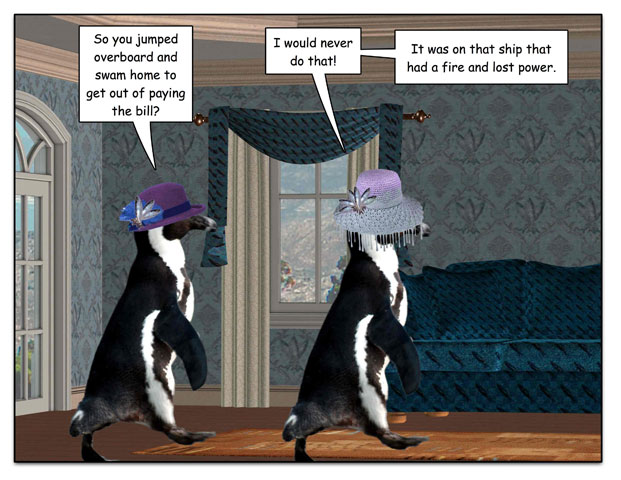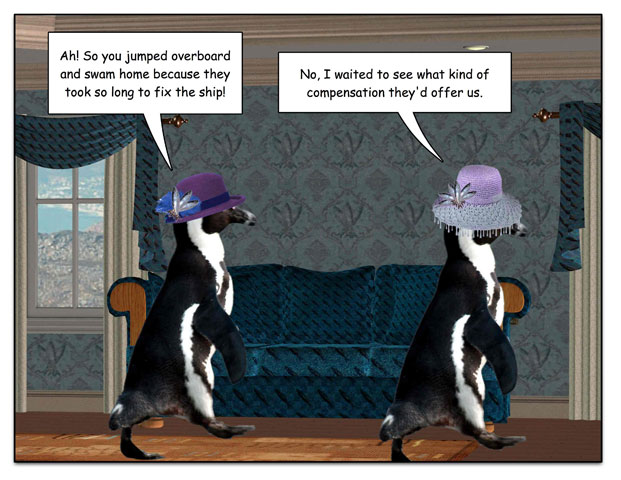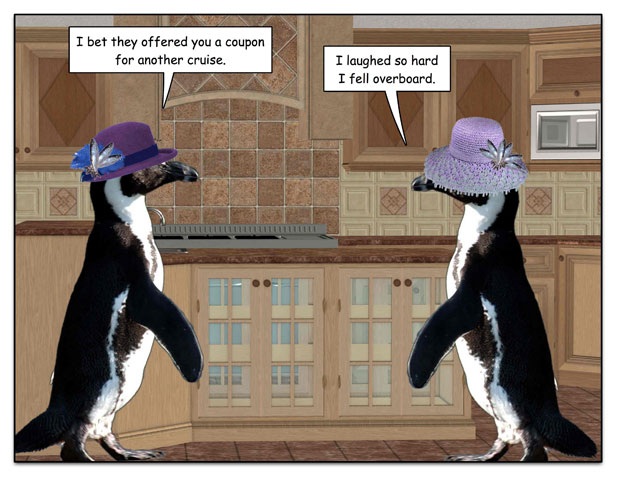Wed, 20 Feb 2013

The juvenile royal penguin's being fed a half-salmon half-sardine mix with vitamins twice a day
An ailing royal penguin that washed up on the shores of the Wairarapa has been taken to Wellington Zoo in a critical condition.
Royal penguins usually live on MacQuarie Island,
halfway between here and Antarctica, and this is only the fourth to
appear on North Island shores since 1880.
The juvenile royal penguin's being fed a
half-salmon, half-sardine mix with vitamins twice a day. Zoo staff call
it "Powerade for penguins". He's also on a drip.
“The two main problems with this bird are kidney
failure and starvation,” says Wellington Zoo vet Lisa Argilla. “The
kidney failure has occurred because it's come ashore to moult and it's
very, very hot.”
He was found at Tora Beach on the Wairarapa coast on Sunday.
“Something's happened out at sea,” says Ms Argilla.
“He's not found enough food. Something's gone wrong with his hunting and
he's come ashore because he has to moult.”
The zoo's giving him a 20 to 30 percent chance of survival.
Royal penguins usually land at MacQuarie
Island. Te Papa's expert Colin Miskelly says they come ashore at this
time of year to breed and to moult.
“They have
what's referred to as a ‘catastrophic moult’, so they have to stay
ashore while they shed all of their old feathers and grow a new set, and
that takes about two to three weeks,” he says.
Royal penguins are the largest of the crested penguins in the sub-Antarctic.
There
are only three others known to have come to the North Island – one at
Lyall Bay in 1926, another in 1880 at Napier, and the last one six years
ago at Cape Palliser.
But his arrival's not as surprising as the zoo's famous former resident – emperor penguin Happy Feet.
“That was so exceptional because it was so much further north than is usually the case for emperor penguins,” says Mr Miskelly.
If
the penguin's condition improves over the next few days, he'll spend
six weeks at the zoo before he's released back into the wild off the
lower South Island.
source
Watch video here
~~~~~~~~~~~~~~~~~~~~~~~~~~~~~~~~~~~~~~~~~~~~~~~~~~~~~~~~~~~~~~~~~~~~~~~~~~~~
Meet Happy Feet junior
SAM BOYER AND SOPHIE SPEER

MAARTEN HOLL/Fairfax NZ
RARE FIND: The sick royal penguin – more than 2000km from home – at Wellington Zoo.
A juvenile royal penguin found starving on the Wairarapa's coast has survived the night but remains seriously ill.
The errant bird is receiving medical attention at Wellington Zoo.
It was found near death near Tora, on Wairarapa's coast over the weekend.
It had made it through the night, a zoo spokesman confirmed this morning.
The bird was too weak to stand yesterday, was on a drip and was being fed by a syringe down its throat.
Its misadventures follow those of the emperor penguin nicknamed Happy Feet, which was found on Peka Peka beach in 2011.
Like Happy Feet, the royal penguin should not have ventured anywhere
near the North Island. Its home is more than 2000 kilometres away on
the subantarctic Macquarie Island.
Only a handful of royal penguins have been spotted in New Zealand,
and this is believed to be the first seen in the North Island.
"He's come ashore in New Zealand and it's really hot," Wellington
Zoo veterinary science manager Lisa Argilla said yesterday. "He's
dehydrated, which has caused his kidneys to fail. He's in critical
condition."
The temperature on Macquarie Island at present is about 8 degrees
Celsius. In the Wairarapa during the weekend it reached 28C.
The bird was found on Sunday afternoon by Jenny Boyne. "He was lying on his tummy and looked very sad," she said.
She drove it to the zoo on Monday - and it was lucky she did, Dr
Argilla said. "He would've just stood there and died. Those people saved
his life."
Although zoo staff believe it to be a male, they are not yet sure.
The penguin, who is "not much more than a year old", should weigh
about 4.5 kilograms, she said, but it tipped the scales at just 2.7kg.
She believed it probably got caught in a current and became disoriented.
It is now being fed a "fish milkshake" of pureed sardines mixed with
vitamins and oil. If it survives, it will need about six weeks to
return to full health, and will then be released in the South Island.
Dr Argilla said she was reluctant to name the penguin yet.
"We've been thinking we should give him some poncy royal name, but I don't want to name him until we know he'll survive."
AVIAN ROYALTY
Royal penguins live on the subantarctic Macquarie Island and are listed as vulnerable.
Their royal name comes from the yellow crest on their heads.
They live in very large colonies, with the largest, 500,000 pairs, at Hurd Pt on Macquarie Island.
Royal penguins are migratory, leaving Macquarie Island after the breeding season. It is unknown where they go at this time.
The chicks leave the nest in late February, after which the parents
return to sea to fatten for the moult, which begins in mid-March. Then
the royal penguins remain at sea until the next breeding season (in
September).
source








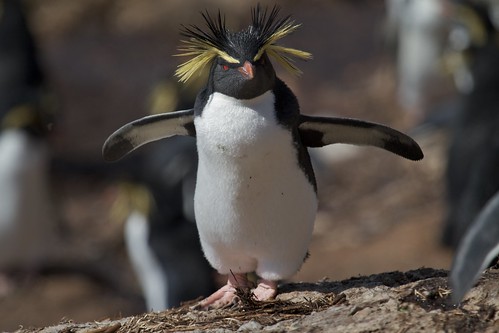
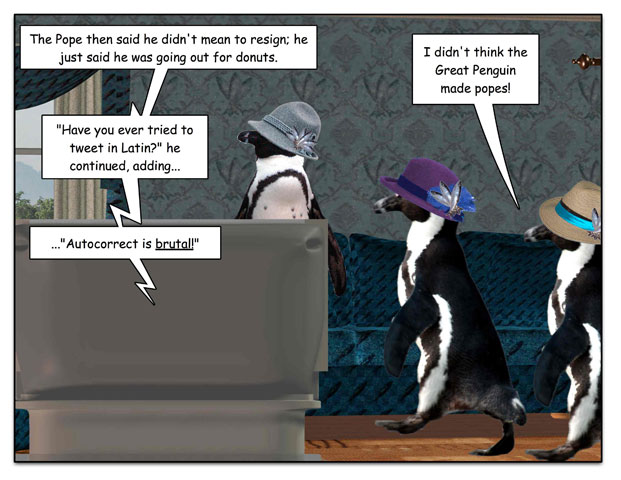
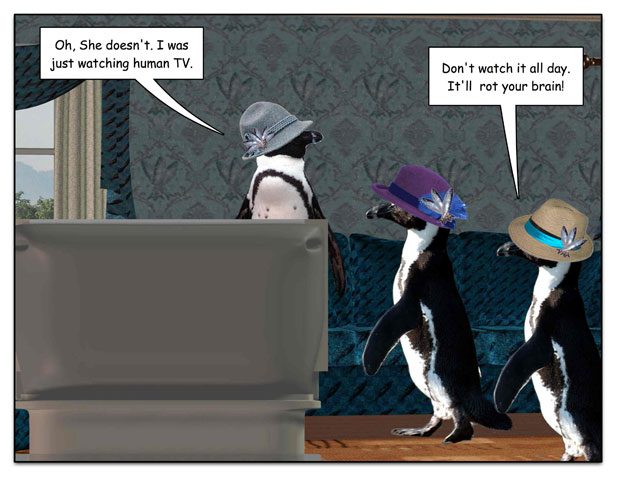
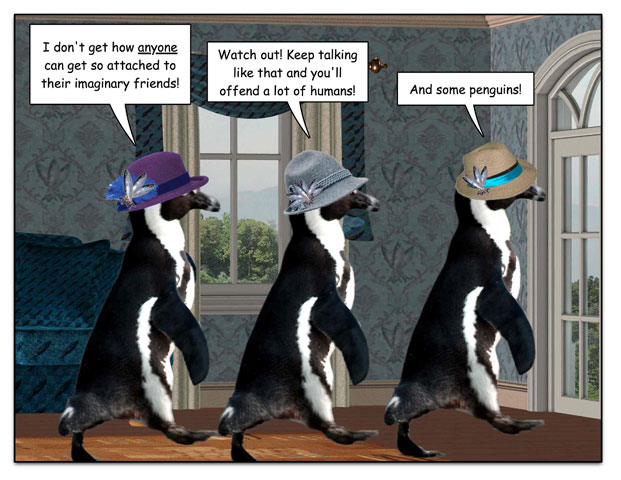
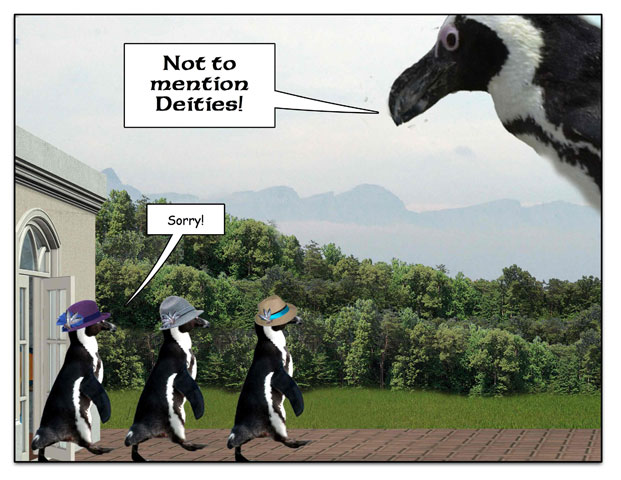
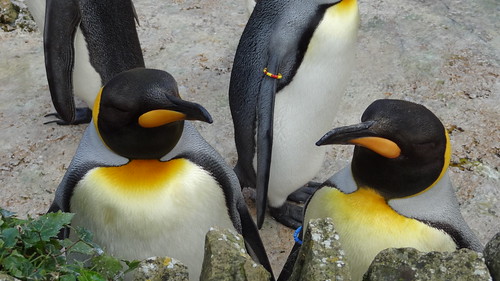













.png)


